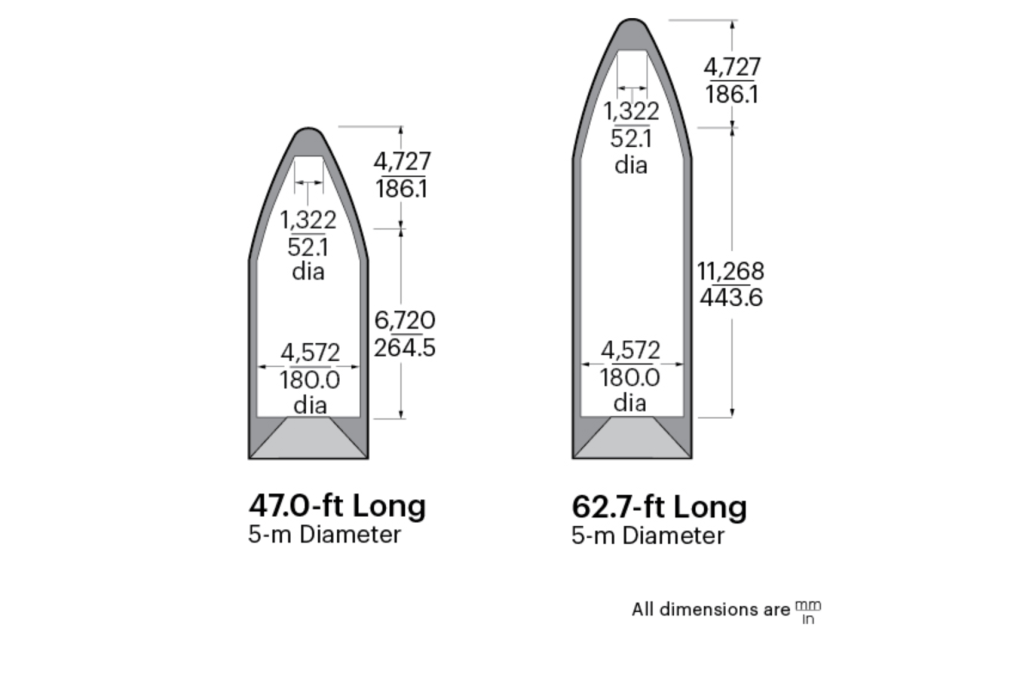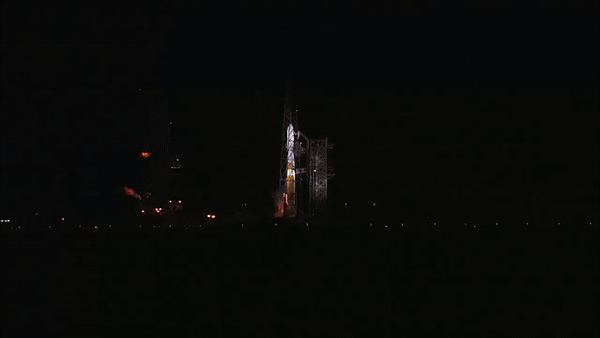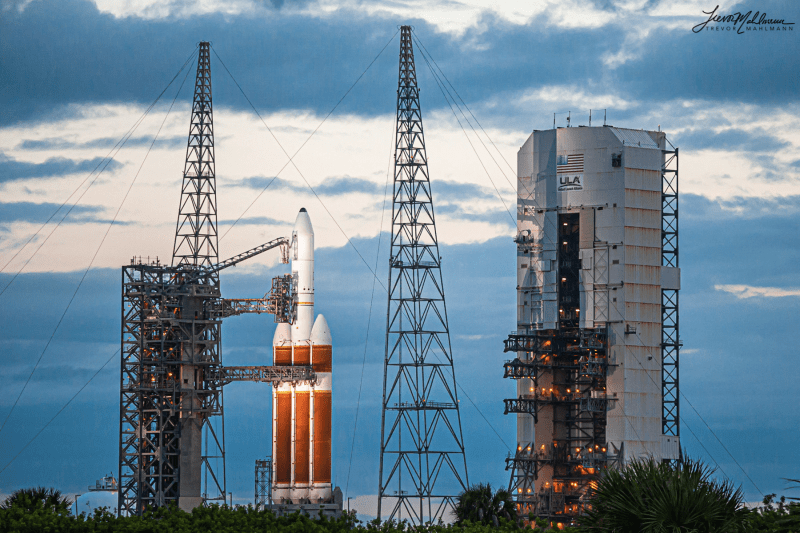Featured Image: Trevor Mahlmann
Lift Off Time | April 26, 2021 – 20:47 UTC | 13:47 PDT |
|---|---|
Mission Name | NROL-82, a mission for the National Reconnaissance Office |
Launch Provider | United Launch Alliance (ULA) |
Customer | National Reconnaissance Office (NRO) |
Rocket | Delta IV Heavy |
Launch Location | SLC-6, Vandenberg AFB, California, USA |
Payload mass | Unknown |
Where did the satellite go? | Unknown |
Did they be attempt to recover the first stage? | No, this is not a capability of ULA |
Where did the first stage land? | It crashed into the Pacific Ocean |
Did they attempt to recover the fairings? | No, this is not a capability of ULA |
Were these fairings new? | Yes |
This was the: | – 143rd mission for ULA ever – 13th mission of a Delta IV Heavy – 33rd orbital launch attempt of 2021 (32nd successful launch) – 31st mission for the NRO – 90th mission for U.S. national security |
Where to watch | Official ULA replay Everyday Astronaut replay |
How did it go?
United Launch Alliance successfully launched another satellite for the National Reconnaissance Office (NRO), NROL-82, on the first attempt. The webcast ended just before payload deployment per the customer request. The NRO has a contract with ULA to fly their NROL satellites on Delta IV Heavy rockets. This was the 13th launch of a Delta IV Heavy.
What is NROL-82?
Due to the NRO being a government agency, there is no publicly available information regarding the parameters and function of the NROL-82 satellite. It is also difficult to speculate on the purposes, size, mass, and function of the satellite. The NRO has chosen ULA because of their continuously successful and highly accurate launches for all customers.

What is the Delta IV Heavy?
One of the more powerful rockets currently in operation, the Delta IV Heavy has launched payloads including NROL satellites and the Parker Solar Probe, a mission to study the Sun. All 12 of the previous Delta IV Heavy launches have been successful. Customers can choose between different payload fairing sizes to better optimize for their specific payload.
Payload Capabilites
The Delta IV Heavy is a reliable heavy lift launch vehicle, meaning that it can take bigger and heavier payloads into orbit. It can launch up to 28,000 kg (61,000 lbs) to a 90 degree inclination Low Earth Orbit (LEO) and 14,000 kg (30,000 lbs) to a 27 degree inclination geostationary transfer orbit (GTO). To accommodate payloads of all sizes, ULA offers two different payload fairing heights both at 5 m (16 ft) in diameter. A 14 meter (47 ft) tall fairing and a 19.1 m (62.7 ft) tall fairing.

The First Stage
The Delta IV Heavy first stage is comprised of three nearly identical boosters strapped together. Each booster has one RS-68A engine also manufactured by Aerojet Rocketdyne. The first stage is infamously known for lighting itself on fire just before launch to burn off extra hydrogen. It does this because it needs to get rid of any hydrogen so it does not explode unintentionally during liftoff. The hydrogen comes from the purging of the engines prior to ignition. Each RS-68A engine has the capability to produce 3,100 kN (705,000 lbf) of thrust for a combined 9,300 kN of total thrust. The RS-68A engine has a specific impulse of 362 seconds and uses a combination of liquid hydrogen (LH2) and liquid oxygen (LOx).
During the flight, the center booster burned at a slightly slower throttle setting than the two side boosters. This is because the Delta IV Heavy needs all three boosters in order to get enough velocity to pass through the thick parts of the atmosphere. However, after that, they are expended and jettisoned as to not carry any extra weight. As the vacuum optimized second stage is very efficient, but not very powerful, the Delta IV Heavy burns its center booster longer than other rockets so the second stage will be able to put its payload into orbit.

The Second Stage
Continuing up the rocket comes the second stage. The Delta Cryogenic Second Stage (DCSS) is powered by a single, vacuum optimized RL10B-2 engine. For its fuel, the DCSS uses liquid hydrogen (LH2) and for the oxidizer, liquid oxygen (LOX). With the LH2 being on top, it is structurally separated from the LOX tank and has the job of supporting the payload and payload fairing. The LOX tank is suspended below it and is responsible for structurally supporting the engine.
The RL10B-2 was originally built by Aerojet Rocketdyne and first flew in 1998. It has the capability to produce 110 kN (24,700 lbf) of thrust in a vacuum and has a specific impulse of 462 seconds. In order to save costs and weight, the gimbal system uses electromagnetic actuators over normal hydraulics; this also increases reliability.





